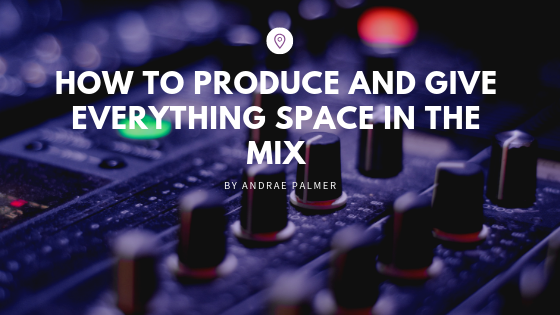I use to hear artist complain that my beats had too many stuff going on. There was no room for them to get creative and write. And these sort of comments were damaging because I felt I worked hard on those tracks and artist should be creative enough to write to anything. But I was so wrong.
There was much for me to learn and part of it was arranging my beats to allow for creativity. Not only that make beats in such a way that it fits well in the mix and makes it easier when finishing up the final song.
The next problem I used to face was that because there was so much going on in my beats, lots of interesting melody ideas would either get buried or will start to clash with some other instrument or even the vocals. And that was when I stumbled upon a simple solution to fix the problem.
Picture having your rough ideas fit well together to create one complete sound. When you hear the final track all elements played a part in the overall production of the track. Everything has its place and you can hear it clearly without having to turn up your speakers.
That is what I discovered from various sources, namely Bobby Owsinski’s mixing engineers handbook and a few other books on music composition. The solution was to ensure each instrument stays in its own frequency range and not clash with another.
Here’s the concept, You have your bass, drums, piano, guitar, strings and a lead instruments playing some other melodies to add to the vibe of the track. What you will do is to play each instrument to occupy an octave of its own.
From C to C on a scale represents an octave. Which is from the low note to the higher note of the same tone represents an octave. On a piano, you have about 8 or so octave. Each octave represents a frequency range and when you play certain instruments in a particular octave you can arrange your tracks in such a way that you don’t have any clash in the mix. This is a great concept because you can arrange your tracks in such a way that each part complements the other.
So how do you apply this?
Say in C1 octave you play your bass parts. In C4 octave which is middle C, you have your main chords and parts in the key your vocalist will sing in. This will be used as a marker for the key and the range the vocalist will sing his or her song. And you can build complementary parts around that main section.
